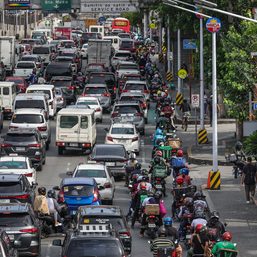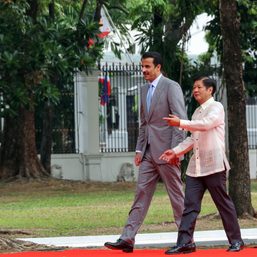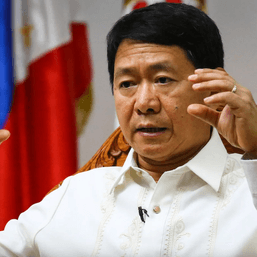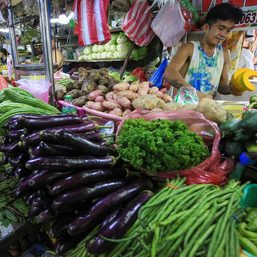SUMMARY
This is AI generated summarization, which may have errors. For context, always refer to the full article.

MANILA, Philippines – The economic team of President Ferdinand Marcos Jr. is expecting the Philippine economy to outpace its peers in Asia, alongside inflation rising higher than initially expected.
The Development Budget Coordination Committee (DBCC) on Monday, April 24, maintained its gross domestic product (GDP) growth target of 6% to 7% for 2023 and 6.5% to 8% for 2024 to 2028, factoring in geopolitical and trade tensions, a possible global economic slowdown, and weather disturbances in the country.
In 2022, GDP grew 7.6%, outperforming the 6.5% to 7.5% target and surpassing Southeast Asia’s growth of 5.6%.
While growth is expected to remain high, inflation is expected to be higher.
From last year’s projection of just 2.5% to 4.5%, inflation in the Philippines is expected to hit between 5% and 7% in 2023, “given the persisting high prices of food, energy, and transport costs.”
This is even as the assumption for the price of Dubai crude oil was lowered to $70 to $90 per barrel amid fears of a global demand slowdown.
The peso-dollar exchange rate assumption was also adjusted downwards to P53 to P57. It is expected to be within the same level until 2028, on the back of expected inflows from improvements in tourism revenues and overseas Filipino remittances.
Inflation is Marcos’ stickiest economic issue to date, with 52% or majority of Filipinos disapproving of his administration’s performance in controlling it, based on a recent Pulse Asia survey.
In 2022, inflation averaged at 5.8%.
Employment figures have also painted a murky picture of the state of the labor market. While there have been more Filipinos employed now than before the pandemic, a bulk of the new jobs that were generated are unpaid. The number of self-employed individuals has also remained the same, showing the tough conditions in getting a job these days. – Rappler.com
Add a comment
How does this make you feel?

![[In This Economy] Is the Philippines quietly getting richer?](https://www.rappler.com/tachyon/2024/04/20240426-Philippines-quietly-getting-richer.jpg?resize=257%2C257&crop=194px%2C0px%2C720px%2C720px)









There are no comments yet. Add your comment to start the conversation.